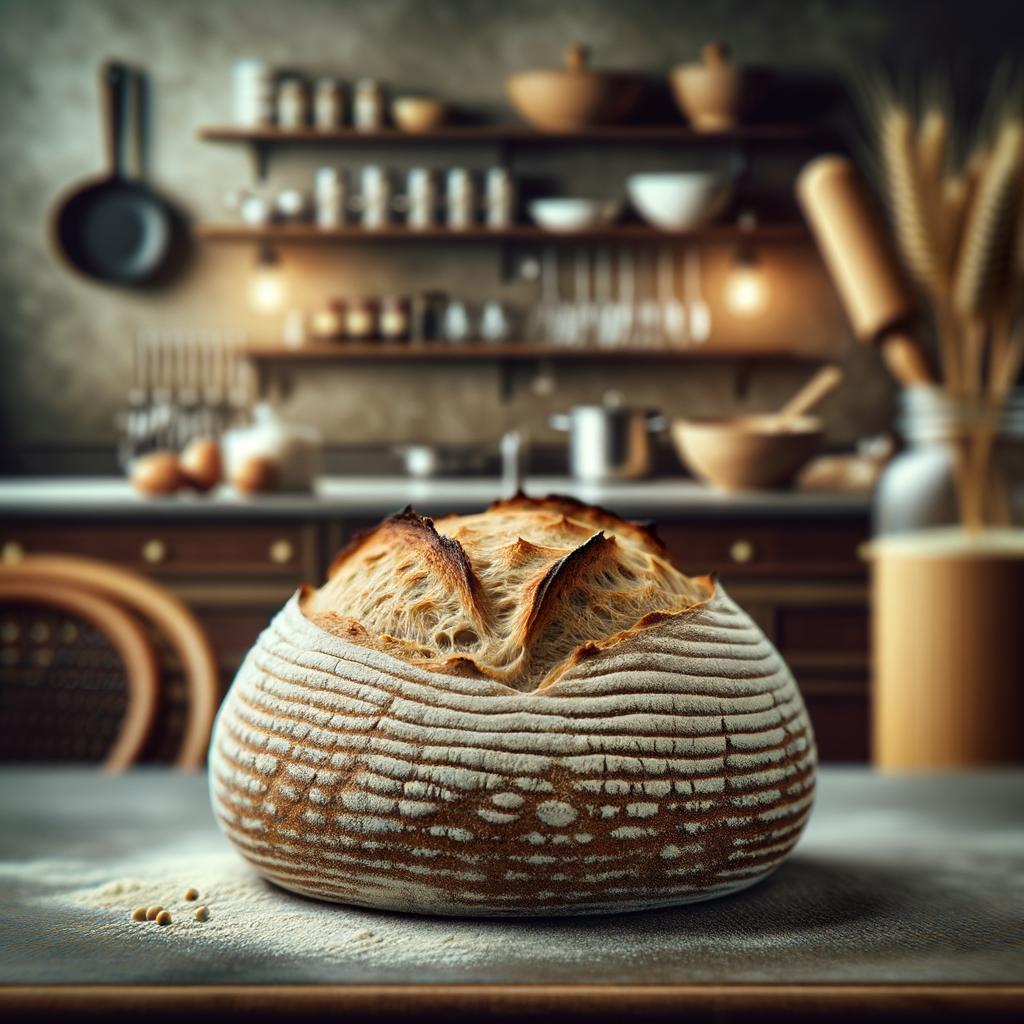Sourdough Starter

Description
Allow me to introduce you to the magical world of sourdough starter, the heart and soul of any sourdough bread. This humble mixture of flour and water is a living entity, bubbling with life and activity. Its appearance is akin to a thick, sticky dough, often with a frothy surface indicating the presence of wild yeast. The texture is viscous and elastic, yet easily stirred into a smooth consistency. Its flavor profile is tangy, slightly acidic, and distinctively "sourdough," a taste that it imparts to any bread it helps to rise. The unique characteristic of sourdough starter is its reliance on naturally occurring yeast and bacteria, a stark contrast from the commercial yeast used in most modern baking.
Primary Uses
Sourdough starter is primarily used to leaven bread, giving sourdough its characteristic tangy flavor, chewy texture, and rustic crust. It's a key component in a multitude of world cuisines, from the hearty loaves of San Francisco to the traditional boules of France. It's also used in making pancakes, waffles, and even cookies, showcasing its versatility. Beyond the culinary realm, sourdough starter is often shared among friends and family, serving as a symbol of kinship and community.
History
The history of sourdough starter is as old as civilization itself, dating back over 5,000 years. It's believed to have originated in Ancient Egypt, where it was discovered that fermented grain could be used to produce risen bread. Over centuries, this method of bread making traveled across the globe, with each culture adding its unique twist. In the Gold Rush era, sourdough was the staple food of miners who carried their precious starters in pouches around their necks, earning them the nickname "sourdoughs". The tradition of passing down starters from generation to generation, each one acquiring a unique flavor profile based on its environment, adds a romantic touch to this simple ingredient.
Nutritional Information
Sourdough starter is a nutritional powerhouse, boasting a variety of vitamins and minerals contributed by the flour and the fermentation process. It's rich in B vitamins, particularly B1, B2, and B6, as well as minerals like potassium, calcium, and iron. The fermentation process also produces beneficial probiotics, promoting gut health. Compared to bread made with commercial yeast, sourdough bread has a lower glycemic index, making it a healthier choice for regulating blood sugar levels. The long fermentation process also breaks down gluten, making it easier to digest. The humble sourdough starter, thus, not only adds flavor to our bread but also contributes significantly to our health.

